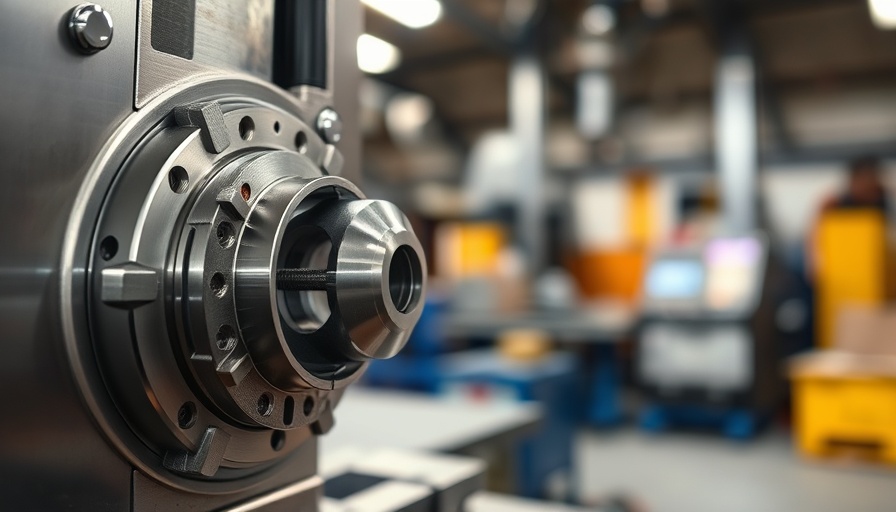
The Evolution of Friction Stir Welding: A Game Changer for Manufacturing
Friction Stir Welding (FSW) is revolutionizing the way we approach metal joining in construction, engineering, and architecture. Not only does it promise an enhanced bond between materials, but recent innovations have paved the way for substantial increases in speed and versatility that stand to reshape manufacturing sector outputs. The latest efforts by Mazak MegaStir have introduced liquid-cooled tool holders, addressing thermal challenges traditionally associated with FSW, and allowing for a commercially viable rate of additive friction stir deposition.
How FSW Works: The Science Behind the Process
At its core, FSW employs a cylindrical shoulder tool paired with a profiled pin that rotates and plunges into the joining surfaces of two metal pieces. The heat generated from the combination of friction and force sufficiently plasticizes the metal, allowing it to fuse without reaching its melting point. This unique methodology eliminates the need for fillers or shielding gases, creating a stronger bond that is typically 80% to 90% of the base metal’s melting point.
Unpacking the Benefits: What Makes FSW Preferable?
The advantages of FSW are numerous. Aside from a reduction in setup costs and time, this method promotes improved safety and efficiency, allowing it to be performed in varying orientations. The result is a superior bond, as FSW joints typically show fewer defects than those created via conventional fusion welding methods. For engineers and architects keen on sustainability, FSW provides an eco-friendly solution with fewer consumables and waste production.
Speeding Up the Process: Mazak's Innovations
Despite its growing popularity, FSW has historically lagged behind other welding methods concerning speed. Yet, advancements from Mazak have effectively addressed this limitation. With the fusion of MegaStir FSW technology into HYBRID multi-tasking manufacturing machines, the speed of FSW operations can now reach an impressive 10 meters per minute—substantially higher than the industry standard of 1 to 3 meters per minute. The durability of Mazak’s polycrystalline diamond tooling is equally commendable, sustaining minimal wear even after extensive welding operations.
Future Trends: The Path Ahead for FSW
As the demand for faster and more sustainable fabrication methods continues to grow, FSW is poised to take center stage in various industries. The enhanced multi-tasking operations not only reduce the cycle time of manufacturing processes, allowing for leaner practices amid workforce shortages, but they also underscore a shift toward more integrated technologies that support efficiency. For construction and engineering professionals focusing on sustainability, this could signal a significant shift in how projects are approached and executed.
Key Takeaways: Why Understanding FSW Matters
Grasping the advancements in friction stir welding equips professionals in construction and engineering with vital knowledge for navigating a rapidly evolving landscape. As the industry increasingly prioritizes sustainability and efficiency, understanding these innovations will be essential for staying competitive in a market that demands adaptability and forward-thinking solutions.
As you look forward to incorporating innovative welding methods into your work, consider exploring how FSW can elevate your fabrication processes, reduce costs, and contribute to eco-friendly building practices.
 Add Row
Add Row  Add
Add 




Write A Comment